Plant plumbago or ajuga now?
alleycallie
16 years ago
Related Stories
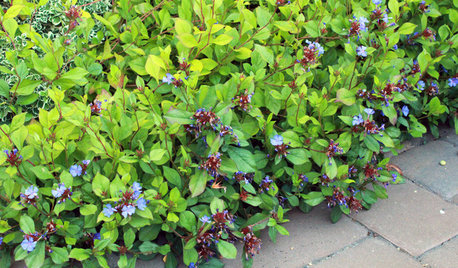
GARDENING GUIDESGreat Design Plant: Plumbago
A multifacted ground cover with an enormous range, plumbago solves landscape problems with panache
Full Story
GROUND COVERSNative Alternatives to English Ivy, Japanese Pachysandra and Periwinkle
These shade-loving ground covers are good for the environment and say something about where you are
Full Story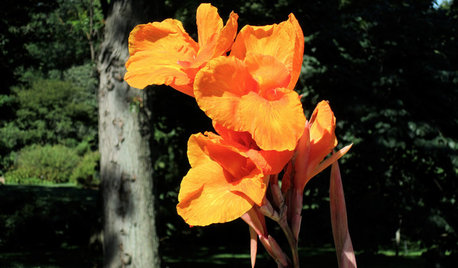
GARDENING GUIDESGreat Design Plant: Canna 'Pretoria'
Plant this showstopping lily in your garden now for the lush feel of a tropical landscape all summer long
Full Story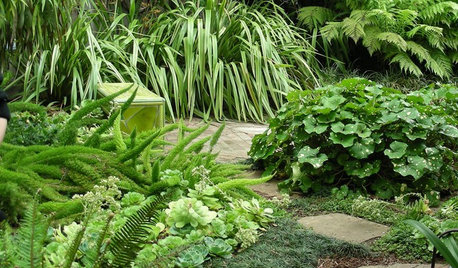
PLANTING IDEAS8 Sumptuous Shade Garden Plant Combinations
Enjoy these plant combinations made for spots with varying levels of shade and different garden zones
Full Story
GARDENING GUIDESGreat Design Plant: Sambucus Nigra
Common elderberry is a highly adaptable shrub from the eastern U.S., with berries galore for wildlife and humans alike
Full Story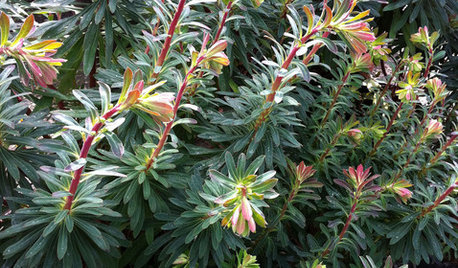
GARDENING GUIDESGreat Design Plant: Euphorbia
The daring colors and low water needs of this tropical plant make it a favorite for injecting life into tired landscapes year-round
Full Story
GARDENING GUIDESGreat Design Plant: Bugle Weed, a Quick Ground Cover
It’s highly adaptable, suppresses weeds, reduces erosion and provide weeks of bright flowers. Just watch for invasiveness
Full Story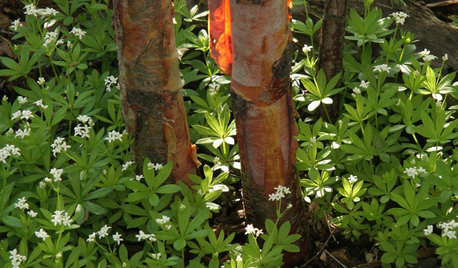
GARDENING GUIDES6 Deer-Resistant Ground Covers to Plant This Fall
Learn about some of the only low, spreading plants that are reliably deer-resistant
Full Story
GARDENING GUIDES8 Plants That Snobs Love to Hate — and You'll Love to Grow
Don't dismiss these common annuals, perennials and shrubs — there are reasons they've been popular for so long
Full Story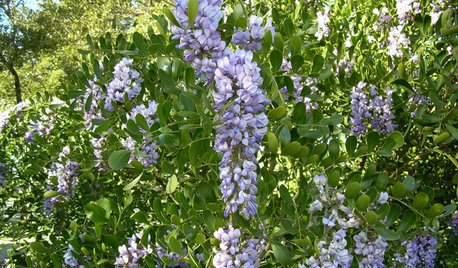
GARDENING GUIDESGreat Design Plant: Texas Mountain Laurel
An unusual scent and lush violet-blue blooms make this heat-loving plant a singular choice for your landscape
Full Story





chris_ont
mxk3 z5b_MI
Related Discussions
Slope Recommendations, plumbago & ajuga?
Q
Plant ID - Stowaway in my Plumbago
Q
AJUGA, desparate the only thing in the ground that looks good now
Q
Planting ajuga to replace lawn
Q
laceyvail 6A, WV
entling
Monique z6a CT
alleycallieOriginal Author
blackswamp_girl
leslie197
alleycallieOriginal Author
entling
mxk3 z5b_MI
corydalisenvy
alleycallieOriginal Author
entling
athenainwi
alleycallieOriginal Author
deeje
brandyray